Minna Kikeru is a whole new musical continent, formed in the tumultuous period of the early 2020 pandemic. As if rising up from a churn of blazing primordial ooze, it suddenly solidified into a new piece of the cultural landscape in the post-Covid mist. Its realm is made up of a group of music labels coming together in a kind of United States of Japanese Underground Sound. Most of the albums are available on the internet for the first time. It’s a kind of Indie streaming music platform, like a ratbag Spotify from, and for, the Left-Of-Centre East.
In the first year since inception, the Minna Kikeru-dom has steadily grown. It now spans nearly 200 releases from 30 labels and has sprouted new outcrops and headlands in the form of a podcast-style online radio show and blog. It is a land of plenty.
But, of course, the bigger Minna Kikeru gets, the harder it is to navigate. So my goal today is to give you a few starting points, a couple of references to help you get your bearings. I can’t hope to give you a fully illustrated roadmap, but hopefully I can face you in the right direction.
Table of Contents
ToggleWho’s behind Minna Kikeru?
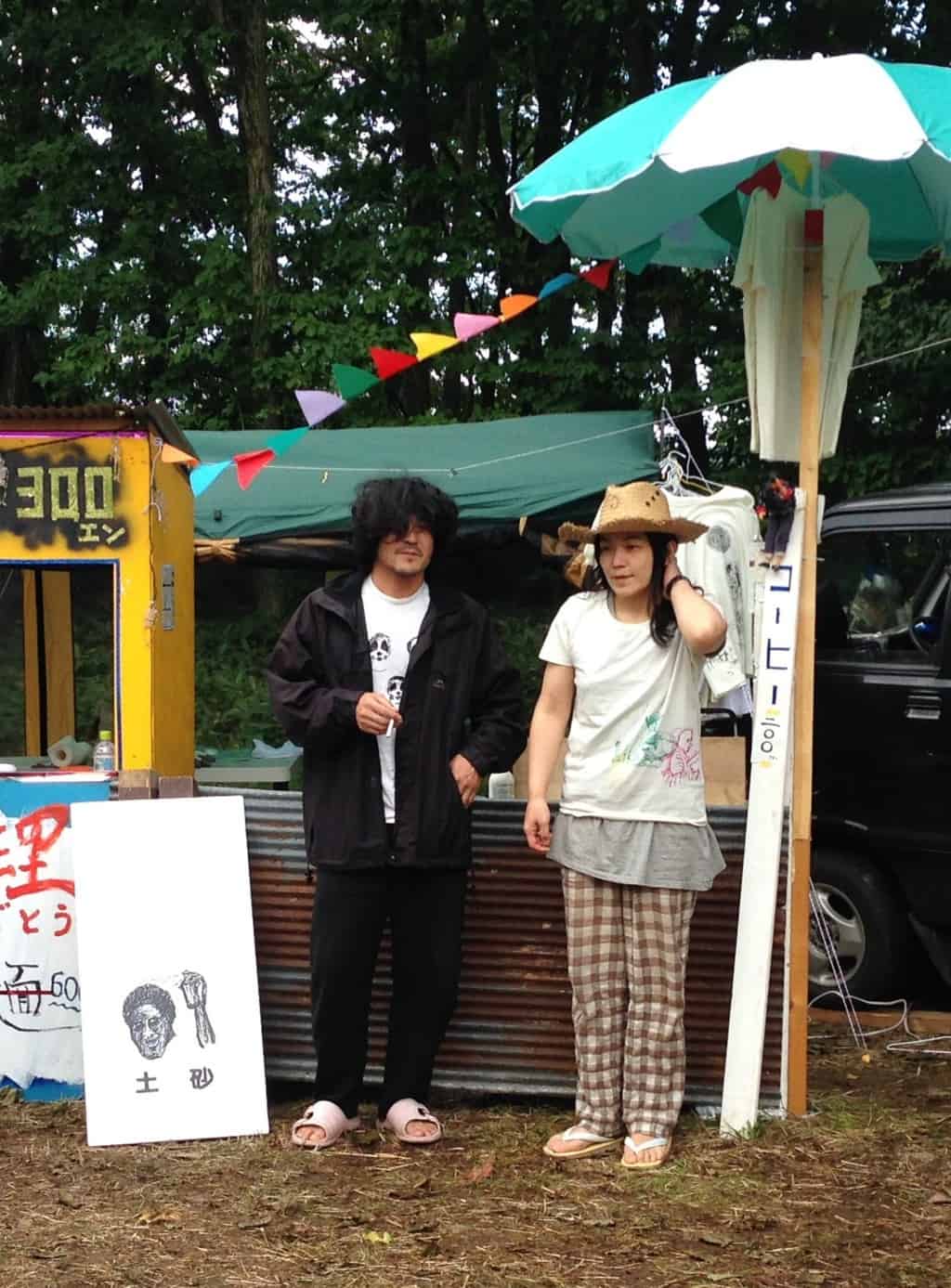
Ueno Takashi & Saya
To understand the world, it helps to understand the creator. Minna Kikeru is the brainchild first and foremost of label Majikick Records – which in itself consists of legendary musical duo Tenniscoats. At the risk of going all Babushka Doll on you, Tenniscoats is in turn made up of musicians Ueno Takashi and Saya.
My Relationship With Minna Kikeru
At this point, in the spirit of full disclosure, it seems fair to devolve some personal affiliations. I have released several albums with the help of Takashi and Saya on their Majikick label in the years between 2015 and now. I’ve also played shows around Japan with them, and their circle of buddies, in tours over the same amount of years.
Planning a trip to Japan? Get an authentic, interpreted experience from Unseen Japan Tours and see a side of the country others miss!

"Noah [at Unseen Japan] put together an itinerary that didn’t lock us in and we could travel at our own pace. In Tokyo, he guided us personally on a walking tour. Overall, he made our Japan trip an experience not to forget." - Kate and Simon S., Australia


Keep all you devices connected in Japan - rent a pocket wifi device! Available for hotel pickup or delivered to your airport. Fast speeds and backed by excellent customer service. (Note: Affiliate link - Unseen Japan earns a commission if you make a purchase.)
When I say “tour”, I’m making things sound a bit more hifalutin than they are. Mostly, I’m talking about schlepping around the country on the shinkansen, playing to 20 people in a bookstore, or a noodle shop, or a street stall or a home made bar. And when we say “release” I’m talking about maybe you can find one of my CDs, somewhat dusty, gaining obsolescence, in some of the darker corners of some of the more far-flung music retailers across the Japanese Archipelago. Really the greatest disclosure should be that I’m a long time fan of Tenniscoats from somewhere around the late naughties who has managed to sporadically ride on their coattails over the course of half a decade.
That being said, the coattails do give you a pretty unique view of some hard-to-find environs.
Minna Kikeru Philosophy
Underpinning Minna Kikeru is the Do-It-Yourself aesthetic. Majikick was born in the 90s, with Saya and Ueno making experimental recordings to multi-track tape, which they distributed to local record stores in person. They have made a career out of radically inclusive collaboration. They once played a gig at a barber shop where the hair stylists cut Ueno’s hair as he played guitar. I saw them play at a festival where they not only got the whole audience singing and dancing along to the music, but also walking down the hill to take them to the stage where the next show was starting.
The first time I played with them, they thrust a guitar in my hands a few minutes before their set and told me to “play along”.
In the same way, Saya describes Minna Kikeru as being “run by everyone together”. The motivation for starting was as much about having musicians being able to listen to each other’s music, amidst Covid restrictions, as for the benefit of anyone beyond this immediate circle. Saya has said, “An artist singing the praises of another artist, regardless of ‘career’, is truly a wonderful thing, a treasure that that person can hold onto for life. I want to create more opportunities for that to happen.“
A music-industry start-up with plotted growth trajectory and designs on a unicorn status this ain’t.
The Point is Community

Eternal Calamity, Yumbo, Saya in Sendai
In a country that is underpinned by strict notions of hierarchy, Minna Kikeru sticks out, or rather hides beneath, the cultural landscape. It’s closer to a conversation than a megaphone address.
The name itself is so simple, “みんなきける Minna Kikeru” (“Everyone Can Listen”), it may as well have been thought up by a child. It is, appropriately, written in hiragana.
But here again, we can see the kernel of a Tenniscoatsian (is it too soon to coin that word?) egalitarianism. Their third album is called 僕たち皆んなだね (We are everyone right?). Saya’s lyrics are often little more than sounds and vocalisations. They are often not from any language and are, thus, equally intelligible, or unintelligible, around the globe.
"An artist singing the praises of another artist, regardless of 'career', is truly a wonderful thing, a treasure that that person can hold onto for life." Click To TweetAll this lovey dovey, blend of punk-yet-hippy anti-hierarchy camaraderie is all well and good. But you’ve still got to hit play on something when you first hit the site. So, let me give you my recommendations of a few possible starting points for exploring Minna Kikeru.
10 Songs To Get You Started on Minna Kikeru
I can’t claim to have listened to every one of the 200 albums listed on the site, so really I’m just going to steer you to some of the music that I have happened to come across and come to love, via one connexion or another.
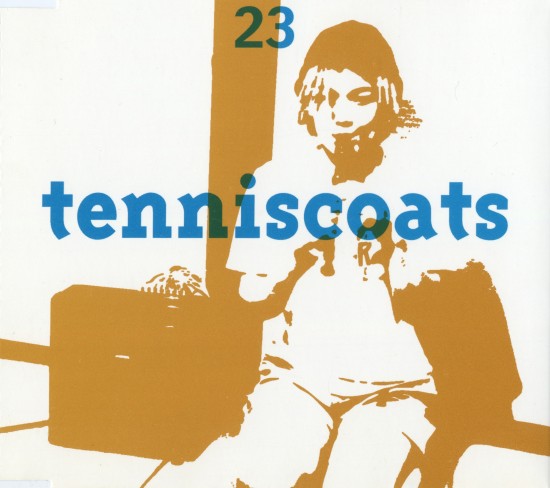
Man, I love a song in which the band sings about themselves in a self referential way. Think the Monkees singing “Hey, hey we’re the Monkees”. But there are countless less prominent examples. Jonathan Richman is a master of the self referential genre. Some bands like to do it at one degree of separation, a la Sgt Peppers or Ziggy Stardust. The Clash did it to lay claim on a splintering brand.
This song represents the first definitive start of the Tenniscoats moniker, after the group’s change of direction and name from an earlier incarnation as Puka Puka Brians. The sound is youthful, innocent, full of confidence and energy. It’s much more of a traditional rock band line-up sound than what they went on to be known for. It’s rough as guts and an exquisite piece of art announcing a new talent. And it’s a great entree into the world of kikeru.
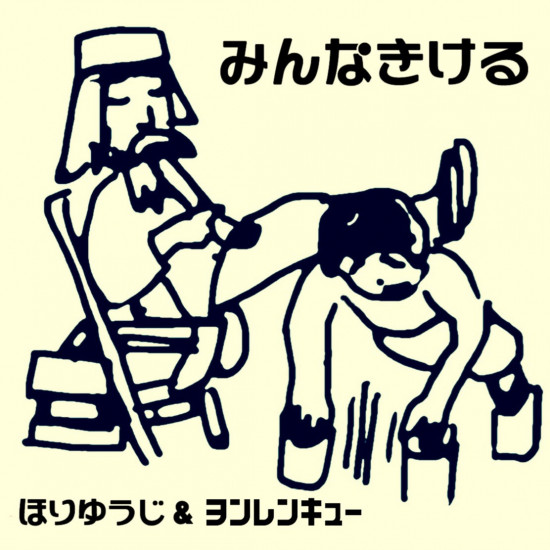
While we’re on self referential theme songs, why not have a theme song celebrating the platform itself? And who better to do it than wonderfully oddball singer songwriter Hori Yuji, Japan’s answer to the aforementioned Jonathan Richman. I had the pleasure of first hearing him play in a loft above a book shop in Himeji (Quiet Holiday) around 2017. Like Richman, he writes lyrics that have the ability to disarm you with their honesty and their wide eyed innocence. I like his music so much that I translated his song 毎日カレーで構わない “I don’t mind curry every day”.
I was excited when I saw he’d joined forces with fellow Kansai musicians Eddie Marcon to bust out a theme. Apparently Marcon asked Hori to write the song one day, received a demo back the next, and then got together with Hori to record it the day after that.
That’s striking the tube amps while they’re hot.
The result is a bubbling stew of 90’s style garage rock, via central Kansai, that manages to deliver the Minna Kikeru message in a concise one minute and fifty eight seconds. That’s long for a jingle, but short for a banger.
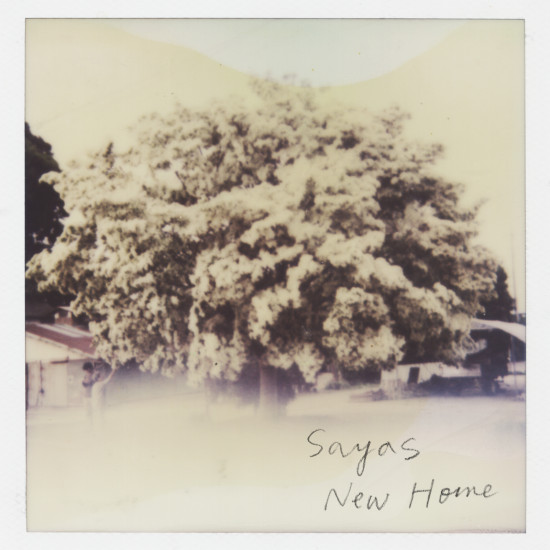
Saya is the singer of Tenniscoats and Matriarch mastermind behind Minna Kikeru. If Minna Kikeru had a monarchy, she would be its reigning queen.
Saya has a beautiful voice, but songs like “New Home” prove that she is more than that. It proves she is not just a mouthpiece for the juggernaut songwriting machine that is the other half of Tenniscoats, Ueno Takashi (see below).
All the tracks on Sayas’ 2020 solo album New Home begin with the word “New”. New Snow, New Human, New Bone. You get the sense of a person searching out new beginnings in the feel of the songs as well. Try listening to the second half of New Home and not be moved by her calling out to join her in moving to “新しい故郷へ, 新しい人になって”, “to a new home, to being a new person”.
The music was recorded as part of an arts residency in Kitamoto, in the snow, in 2018. The perfect place for looking for new beginnings. And the perfect place for us too.
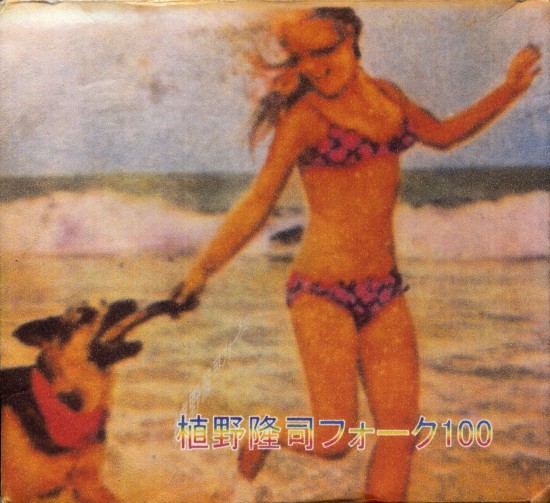
The yang to Saya’s yin, Ueno Takashi is at once as tireless at writing songs as he is wanton in paying attention to his physical appearance. He’s angling hard for the genius aesthetic with his eternal bed-head do, old shirts, sandals and his never-ending parade of new compositions.
The song Korin 光輪 (“Halo”) is beautiful poetic take on what, on the surface, in the lyrics sounds like two people hooking up after a night on the town, but also veers jarringly into overtly existential navel gazing. It is at once tragic and mundane. The canonical version features on their series of “Music Exists” albums, originally appearing as a (gulp) 5 CD set in the second half of the 20-teens. But this is the original no-frills Ueno version, sung by the composer himself. I’ve translated the Japanese lyrics into English and the song has been covered by numerous artists including Shibata Satoko and label mate Ikema Yuko. Which brings us to…
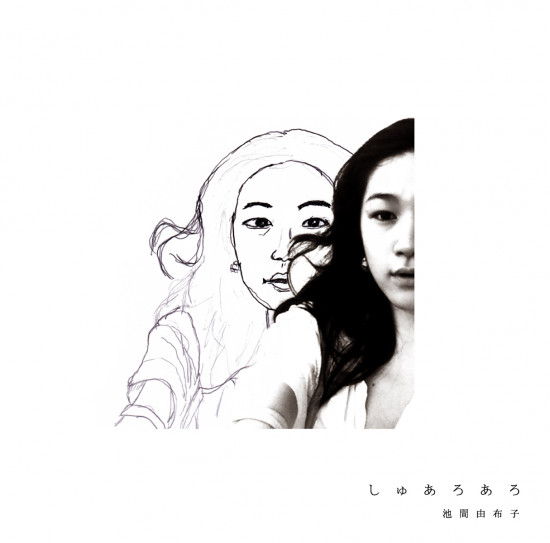
This is one of three versions of Korin that you can find on the Minna Kikeru platform.
Yuko Ikema plays music in the darker end of folk. She is very much the prodigy of Saya from Tenniscoats, with a singing style that shows a noticeable influence. She has been able to carve out a following all her own, so she’s more walking in Saya’s footsteps than living in her shadow. Her gentle folk version of Korin brings out the fragility of the song, while simultaneously sounding somehow maturely assured.

“なんとなく生きていては” (Somehow I Live) is Yuko at her most simply unadorned. If ever “three chords and the truth” has bloomed in the land of Minna Kikeru, it is here. A melancholy ode to the ennui of living a life without a road map, a compass, or even a clear sense of where you want to go, this is 1960s style folk without the sense of a certainty of united purpose.
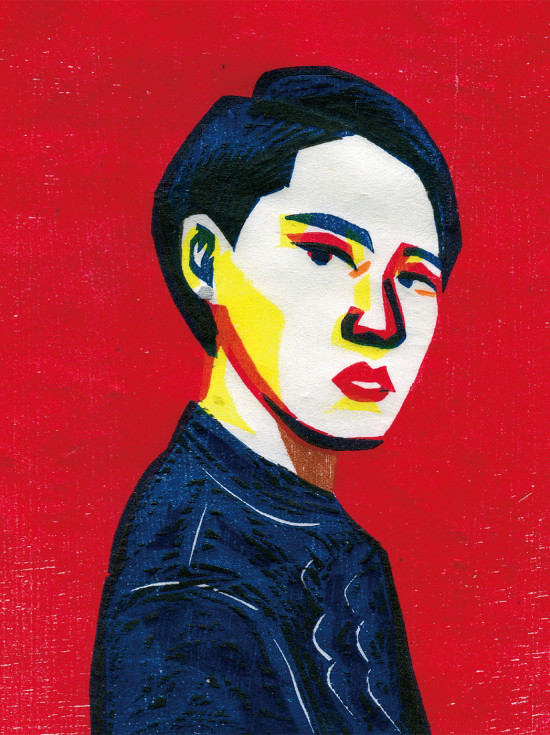
Every now and then I come across an artist that is so talented that they fill me with awe, in the genuine sense of the word. As in they scare me. And excite me. And make me despair that I’ll never be as good at anything as they are.
Lang Lee is one of those.
She is also one of the few non-Japanese artists on Minna Kikeru, hailing from Korea. This album is a record of her playing at a sit-down 公民館 Kominkan style hall in Ebara, in the southern outskirts of Tokyo on a Japan tour in 2018. Kazoku o Sagashite (Searching for family) is an example of how she manages to make music that is simple and deep. A short 3 or 4 note melody that repeats over and over, a sparse snare drum and triangle accompaniment, un-affected singing voices in counterpoint topped off with a cello solo, and the tune concludes.
Lang has so many songs that are truly moving, you could really throw a dart at any of the tracks and come up with something meaningful. “Pii Pii” is another stand out.

Yumbo creates high concept music and combines it with a sound that is so rough around the edges that it never feels far from obliterating itself from within. Sonically, they achieve a kind of transcendental primitivism. It’s an aesthetic that you’ll find in one way or another across a lot of the Minna Kikeru catalogue. It’s the sound of real people, making real music in real lives. So it’s not always in tune, or in time, but is always interesting in it’s result. They release most of their music through the venerable Tokyo label 7e.p., which also counts American indie heavy hitters such as The Microphones, Mount Eerie and Little Wings on their roster.
Yumbo creates high concept music and combines it with a sound that is so rough around the edges that it never feels far from obliterating itself from within. Click To TweetYumbo is led by songwriter Shibuya Koji , who lives in Sendai, where he runs a coffee and curry shop with his french horn playing partner. He is a massive film buff, and his posts on Twitter usually start with something along the lines of “After watching film number 316 for the year…” You get a sense of filmic-ness in his music. Indeed, Koji has composed scores for films, including two features films: 二十六夜待ち Waiting For The Moon and ゾンからのメッセージ The Message from Zon.
“Onibi” literally means “demon fire”, but is a word that describes mysterious lights or fires seen off in the distance, usually when people are travelling in forests and the like. We have words in English such “will-o-the-wisp” or “jack-o-lantern” to describe the same phenomenon. I first heard the title song when Shibuya performed at an intimate gig we played at the magnificently named bookshop in Sendai, “Kasei no niwa”, the “Garden on Mars”. The song immediately jumped out at me as something special with its Velvet Underground meets cinematic vibe. I liked it so much I translated the song from the Japanese.
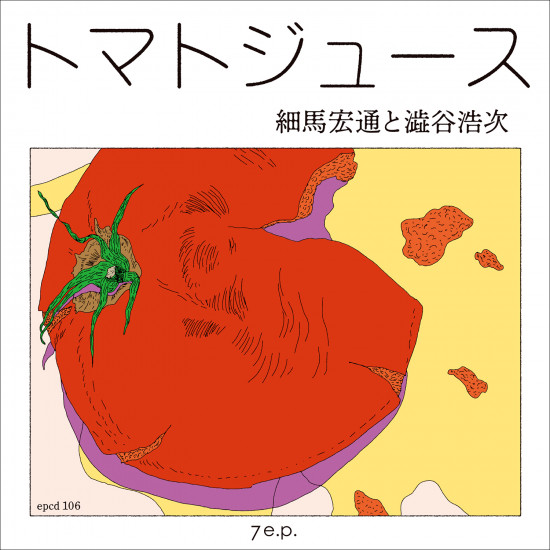
Following on from Koji Shibuya’s work with Yumbo, we see him here working with a Professor of Communication from Shiga University, Hiromichi Hosoma. Despite this meeting of intellectual heavy-weights, the music here is playful and without pretense. Outside of his work in academia, Hosoma also plays with band “Kaeru-me (frog eye)”, translates songs, and critiques films and culture. Rather than “intellectuals” perhaps it is better to describe this as a meeting of polymaths. They can be pretty funny too. Listen to them do a live “counseling session” giving advice to questions provided by a live audience on the album’s final track “Swamp Consulting”.
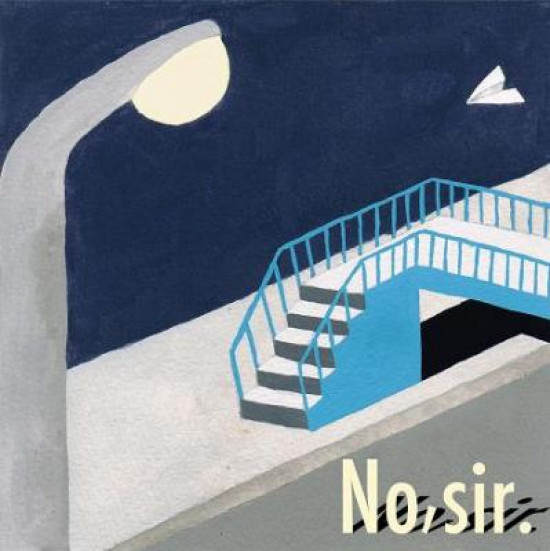
If you want to get a deeper sense of the primitive-amateurist aesthetic that runs through a fair swathe of Minna Kikeru, John No Son is also a good place to start. Here folk-punk meets kindergarten play time in a wonderful quasi-naive celebration of anti-technique. It’s low-fi meets the recorder. John No Son totally nail the art of not nailing it. Japan, and the world, are better for it.
The appropriately simply titled, “Song”, sounds like the Beatles playing “Do you want to know a secret” around a year before they had their first gig as the Quarrymen at the local fate.
Conclusion
So how do you start to explore a new, vast and potential overwhelming landmass? Well, like any new and unfamiliar terrain you pick out a few landmarks and use them as your reference points to feel your way. Hopefully these ten songs can serve you as some landmarks so that you can do your own exploring of the land of Minna Kikeru.
I also had a chat in Japanese with some of the musicians on Minna Kikeru radio.
Happy exploring!
